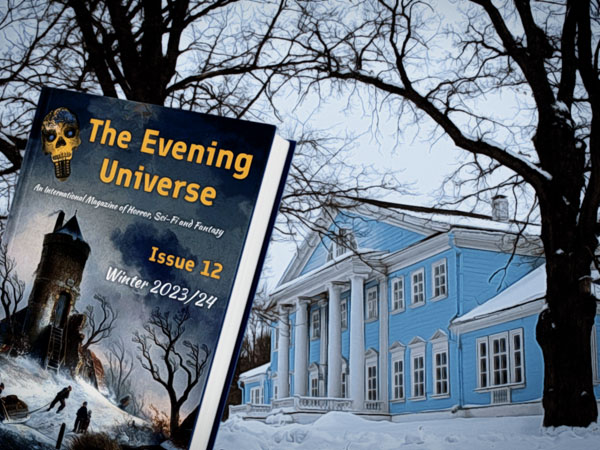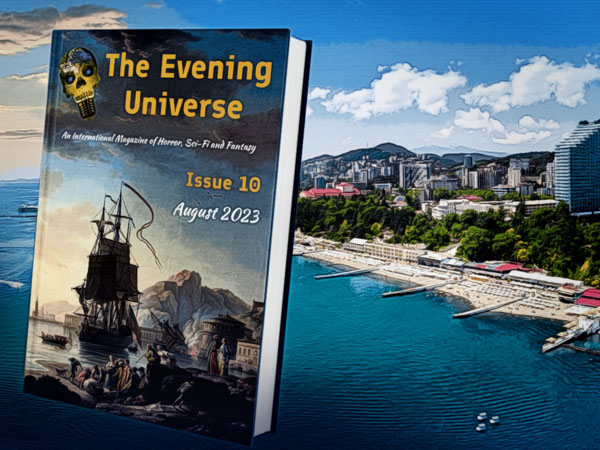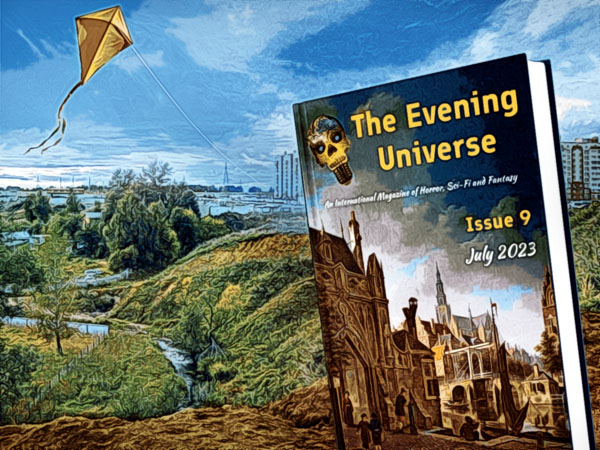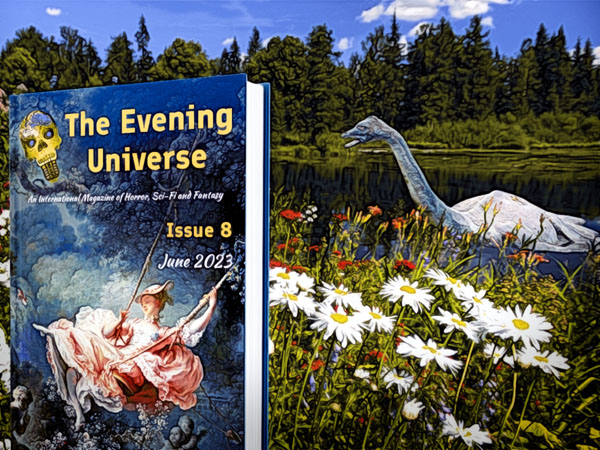
The Noose
We need to pull and pull the rope, stretching it through this wild chaos farther and farther. It is not a rope, it is a noose. When someone finds himself inside its circle, there is no chance to escape—the one who got into the noose is doomed. If he is reasonable, he will suddenly realize, “That’s it, this is the end,” his heart will stand still, and this will be his last experience. Because the noose, as Franz Kafka wrote, will become empty only after breaking through the tiled roof with the body of its victim.
Our civilization works the same way. It goes forward, not paying attention to anything and preprogramming its own end. But no one thinks about it, throwing the noose.
We are blinded by pride and selfishness, trying to prove ourselves to everyone, to our significant others and, of course, to ourselves here and now. Packs of lions are pushed into the urban environment. The lions like huge tower temples, which appear to them as new villages in the industrial prairies. The lions are going to occupy and master this area. But nooses—one after the other—are tightened around their necks. Tower temples collapse, raising clouds of dust. We no longer hear the royal roar of lions. Only tower cranes left. They still multiply, occupying free places, but their reproduction has slowed down a lot. Even the howls and cries of hyenas are heard less and less.
February 26, 2020.
The house that Saryan drew
“The house that Saryan drew”—this is how I called a pen and ink sketch I made about half a century ago. I have some fond memories associated with the sketch. They came back to my mind quite by accident. My friend and fellow author Lyudmila Sinitsyna wrote on Facebook, “Good morning and good day! Greetings from Dilijan.” In my snowy Saint Petersburg, it was a gloomy February day, but the mention of the Armenian town of Dilijan brought me the warmth of the southern sun and a piece of my distant youth.
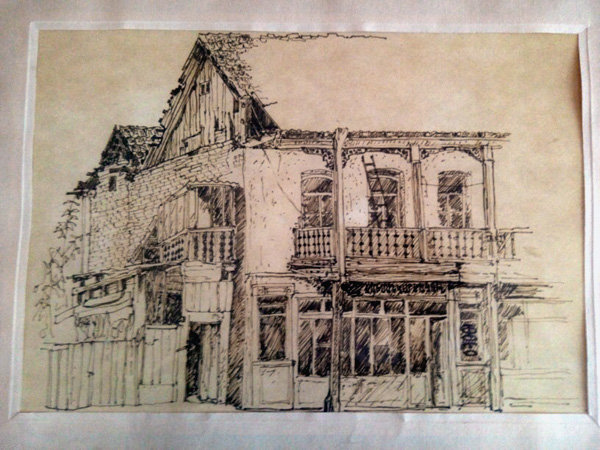
Sasha Krugosvetov, “The house that Saryan drew” (early 1970s)
I visited Dilijan in the early 1970s. Not only Dilijan, but some other places in Armenia too. During the journey, I had a romantic relationship with a stunningly beautiful Chechen woman. My mood was excellent, and I drew with ink and felt-tip pens wonderfully easy and well. I brought home a lot of sketches—enough for a whole album! Then, upon arrival, I made a decorative panel with Armenian khachkars, using a technique similar to ganch (plaster) carving. Afterward the panel became a part of another romantic story.
Back to the house on the sketch. As you can see, the house was very dilapidated, it began to collapse, but someone still lived there in those days. The locals saw me making a sketch and told that I chose a special house, because Saryan himself drew it once. By the way, Martiros Saryan was a famous Armenian painter and the founder of a modern Armenian national school of painting.
About a year after the journey, I called my friends in Dilijan. They told me that the house was no more, since the owner had dismantled it. So I may have been the last person to draw that house.
February 28, 2020.

